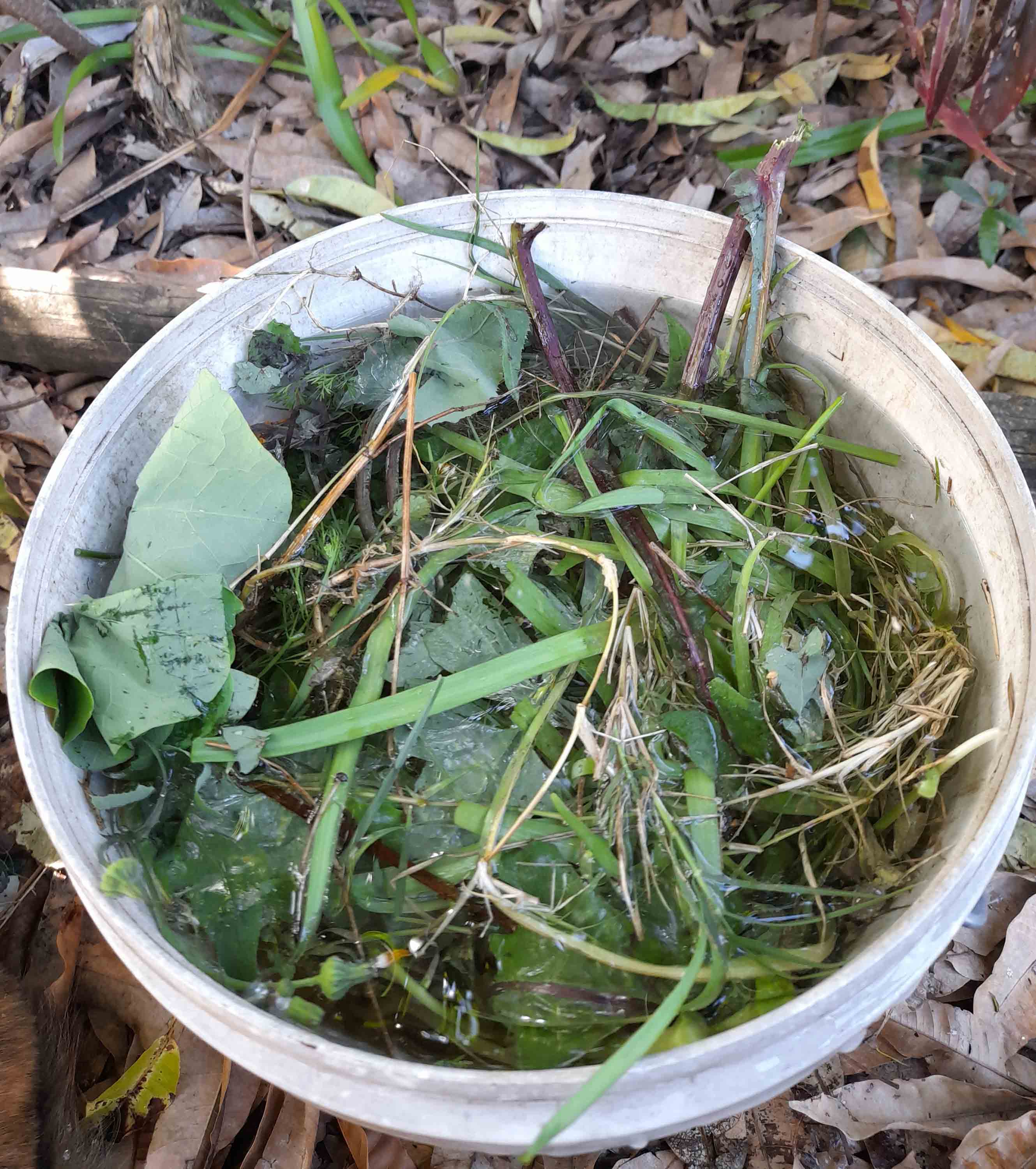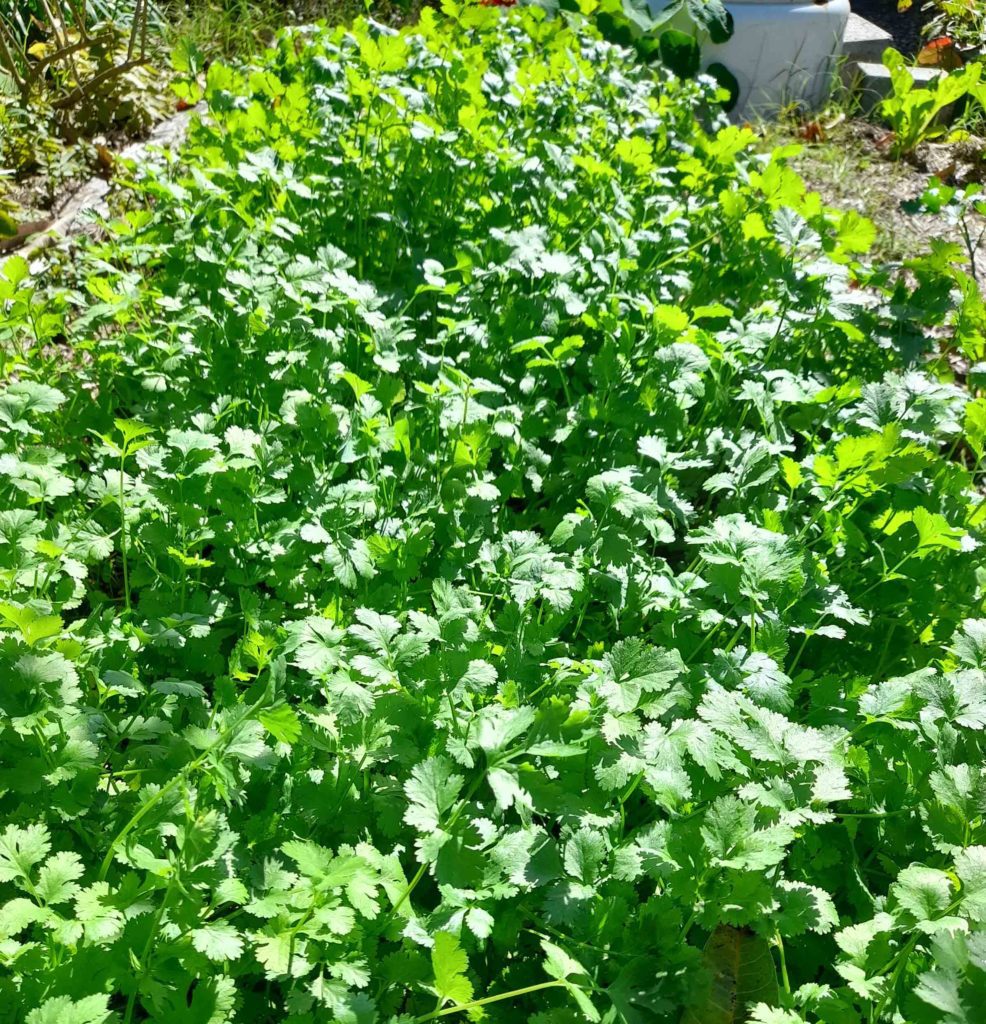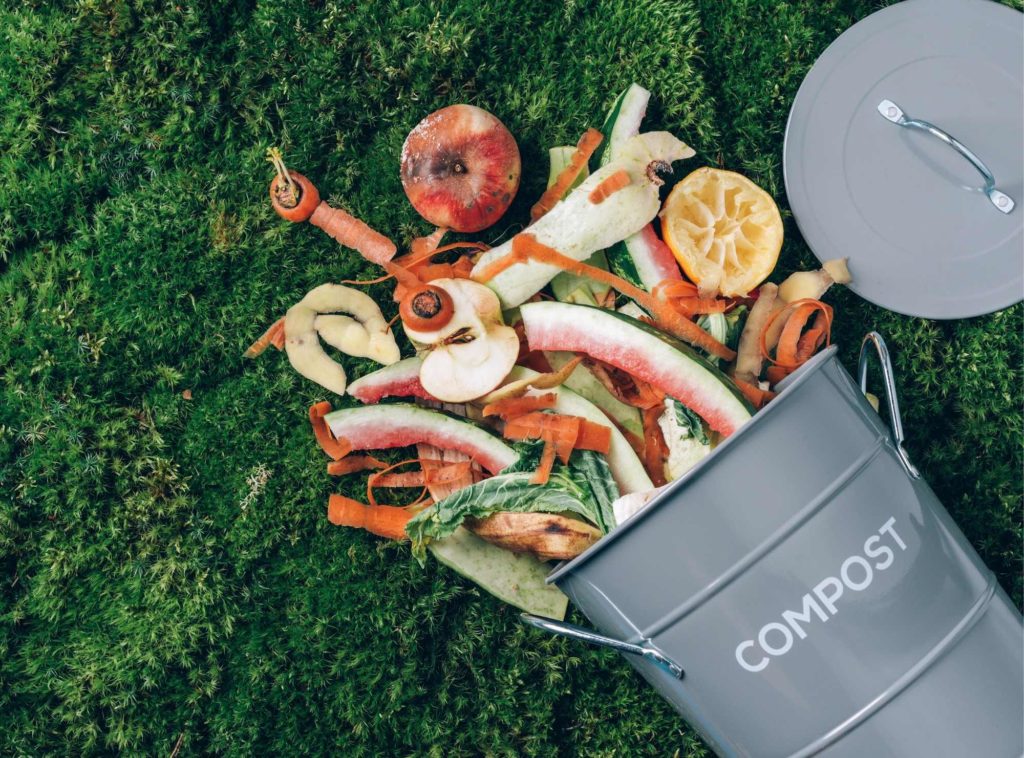Bernice Shepherd
If you are serious about growing an abundance of food organically, you will want to maintain a healthy and fertile soil that needs little in the way of additives.
Most of us use compost, but the average household can never produce enough. That is where green manures and compost teas come in.
Green manures
Growing a cover crop is an excellent way to add organic matter and nutrition to your soil.
A green manure is essentially a cover crop of plants grown purely to chop down and dig back into a bed or leave on the surface.
All plants take up nutrients from the soil and store them in the leaves and stems – green manure crops are just better at doing this or are adept at taking up particular nutrients or trace elements. Once they break down, those elements are restored to the soil in an available form.
Green manure crops are cut before they flower. When plants are young, they are vigorous and full of nutrients, but once they start flowering all their energy goes into making fruit or seeds and this takes energy and nutrients from the green material of the plant.
You can buy particular mixes of green manure seeds, often including grains and legumes – but any plants can be used in this way.
Rather than chucking out seeds that are out of date, use them to fill a gap – you will be surprised how many of them come up.
Even weeds that have a deep tap root make an excellent green manure because they are especially good at sucking up nutrients from the subsoil – just make sure you dig them in before they flower.

Sow green manure seeds in the bed and allow them to grow into a mass of green plant matter. Before they start to flower, chop them down.
Dig them into the soil and give them another turn in a week or two. In three or four weeks your bed will be ready to plant into.
Alternatively, you can leave them as a mulch to compost on the surface. Either way the worms and other critters are going to love them.
Cool season cover crops: Mustard, brassicas, oats, wheat, barley, clover, lupins, fenugreek, peas and beans.
Warm season cover crops: Buckwheat, cowpea, millet, lablab, marigold, mung and soybean.
Compost Tea
Compost tea or weed tea is a rich fertilizer you can make yourself. It is a great way of using up weeds – especially if they have seeded and you don’t want to put them in the compost.
You need a large bucket or container (a 20 litre food grade bucket is perfect), a mass of green leaves or grass and water. Rainwater is the best but tap water can also be used.
Put the leaf material in the bucket, fill to the top with water and leave the ‘tea’ to steep. Some people like to put the weeds into a hessian bag to hang in the bucket and this makes them easier to remove later.
After a few weeks your compost tea will be ready to use, but make sure you dilute it first.
The longer you leave your compost tea, the richer and more potent it becomes. You can even let it steep for years and it will become an extremely effective fertilizer that you need only a tiny quantity of – a spoonful in a watering can.

One gardener who has a brew that is five years old says it is almost like a magic potion.
You can also use compost tea as an inoculant to encourage good bacteria in your soil, such as after a waterlogging event. If you want to do this, use it within 24–48 hours of making it – after this, anaerobic bacteria become dominant.
Experiment with your weed tea – one friend with a banana plant uses just the bananas she can’t eat or give away. She swears by this potent mixture and if her garden is anything to go by, it works.
The one drawback is that compost tea does become rather stinky – so a lid is advisable. It will also stop frogs, lizards and mosquitoes from getting in.




